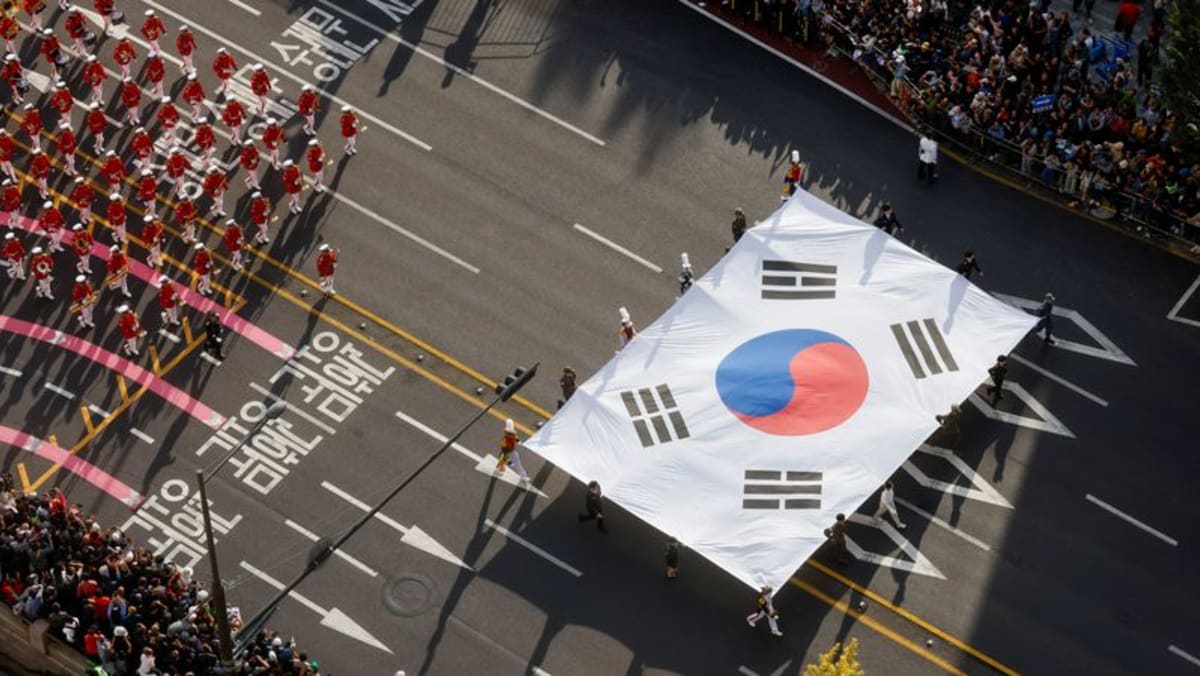Get the latest tech news
The Rise of the US Military’s Clandestine Foreign War Apparatus
Seth Harp’s new book, “The Fort Bragg Cartel,” goes deep into the forming of the Joint Special Operations Command and its origins in the aftermath of 9/11.
The plan of action that they developed, which Bush’s successor would adopt and expand in Afghanistan, forever transformed the American way of making war, and goes a long way toward explaining how Fort Bragg, North Carolina, even more than the CIA’s headquarters at Langley, Virginia, came to be the United States’ national nerve center of invisible imperial power. In his memoir, McChrystal admits with remarkable if belated frankness that JSOC produced intelligence assessments “that inflated al-Qaeda’s role,” and “problematically used ‘AQI’ as a catchall designation for any Sunni group that attacked Americans.” This narrative, he acknowledges, was a way to “sidestep the reality” that most Iraqi insurgents were primarily motivated by “earthly grievances,” not Islamist ideology. “It might look like a ragtag bunch of ruffians, but this crew were straight-up Pipe-Hitters,” Boettcher wrote, using an obscure term considered a high compliment in the special operations community that derives from the concept of a soldier who is so fearless, daring, and addicted to war that he can be likened to a smoker of crack cocaine.
Or read this on Wired